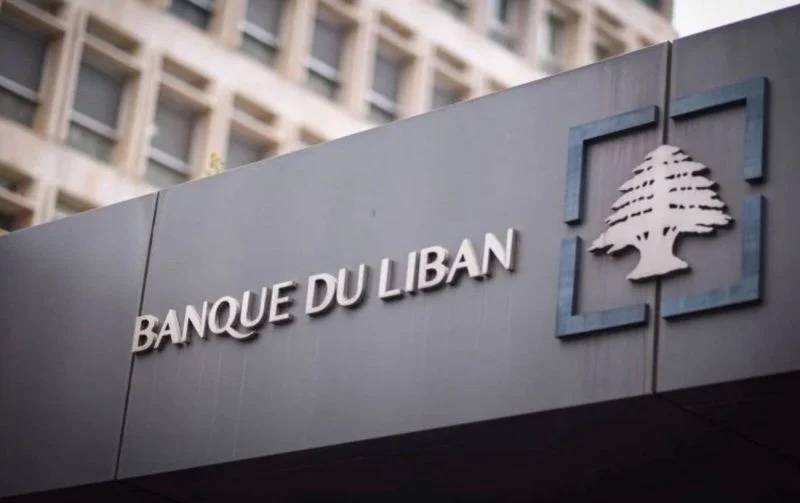Related post
Daily Capital Markets’ Performance
December 24, 2025ABL: Strong Objection to the Draft of...
December 24, 2025Daily Capital Markets’ Performance
December 23, 2025Indices
- BBI23/12/2025-0.09%
- BSI24/12/20250.62%
- BPSI24/12/2025-4.30%
- NEER24/12/20250.03%
- Exchange Rate89,700 LBP/$
- BDL Gold Reserve Value30/11/2025$38.4 Billion
- BDL Foreign Assets Value30/11/2025$11.85 Billion
- BLOM Lebanon PMINovember 202551.3
Categories
- Economic Indicators (2,941)
- Financial Markets (5,368)
- Key Takeaways (61)
- PMI Reports (147)
- Editors' Picks (61)
- MENA in a Glimpse (79)
- Equity Research (78)
- Spotlights (405)
Follow Us
BRITE by BLOMINVEST: Data on Lebanon’s Economy
Recent Posts
- Daily Capital Markets’ Performance December 24, 2025
- ABL: Strong Objection to the Draft of the Financial Gap Law December 24, 2025
- Daily Capital Markets’ Performance December 23, 2025
- Lebanon’s Inflation Rate increased by 14.74% YOY in November 2025 December 23, 2025
- Daily Capital Markets’ Performance December 22, 2025
Archives
Tags
#Inflation July 2025
2013
accumulate
agriculture
beirut stock exchange
cement
construction
corporate stories
Daily Market Bulletin
economy
Egypt
El Sewedy Electric
equity reports
Eurobonds
Ezz
financial markets
first half 2014
Global telecom
GTHE
holcim
holcim liban
hold
industrial products
KSA
Lebanese Eurobonds Market
Lebanon
Lebanon Eurobonds Market
market
mobile
News
performance
Quote
rating
real estate
Saudi Arabia
sector
SODIC
Talaat Moustafa
Telecom
The Daily Market Bulletin
The Lebanon Brief
TMG
tmgh
update
Yamama Cement
Contact Us
- Research Department, Zaituna Bay
- POBOX 11-1540 Riad El Soloh, Beirut 1107 2080 Lebanon
- Tel: +961 1 991 784
- Email: [email protected]


